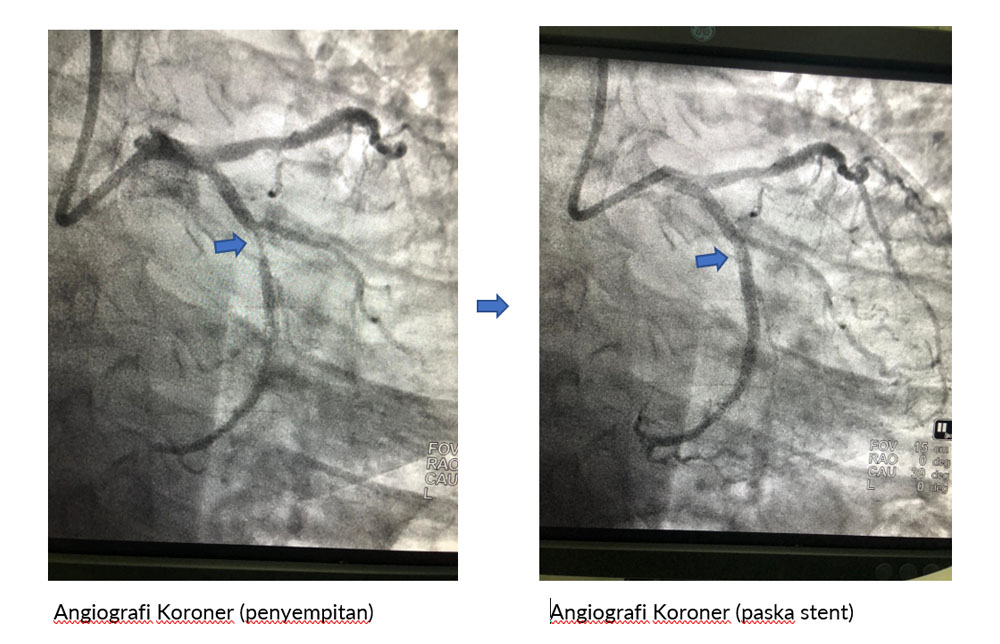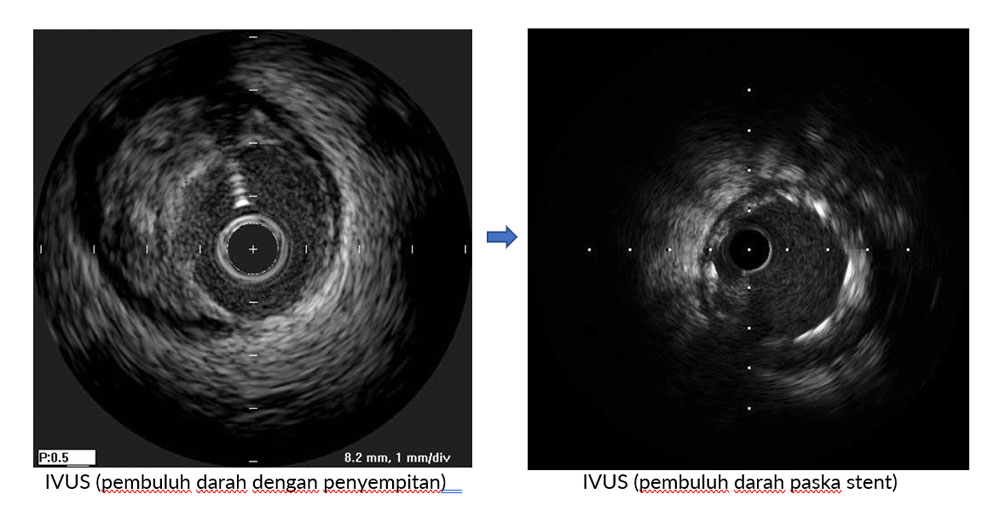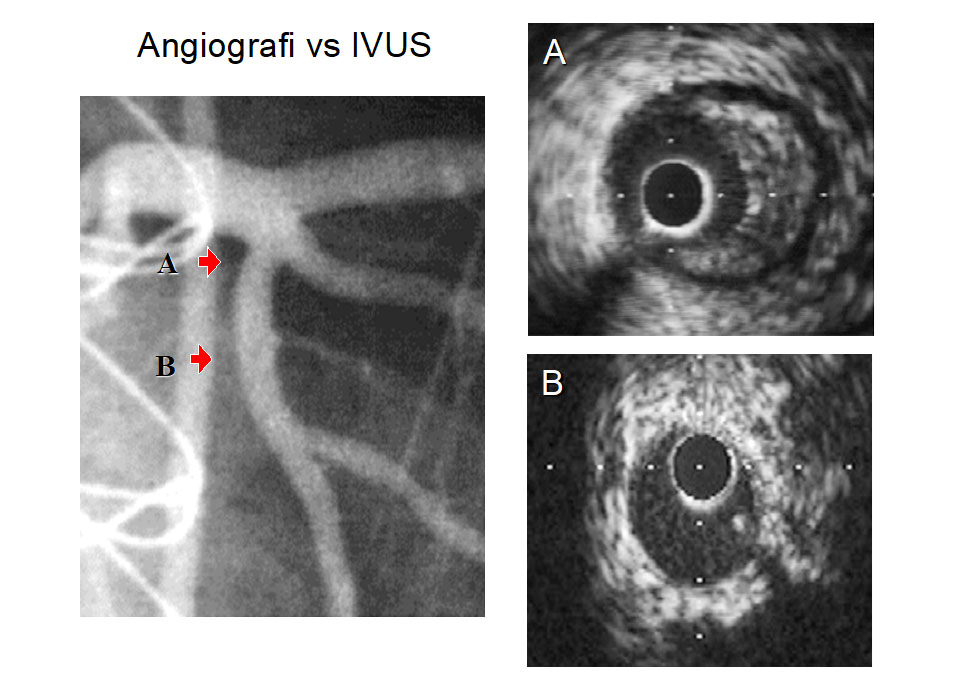
Coronary Heart Disease (CHD) is one of the main causes of death in Indonesia. This disease generally occurs due to narrowing of the coronary arteries due to atherosclerotic plaques that have accumulated (cholesterol, connective tissue and other substances). Proper medical treatment is needed to support the safety and health of patients with coronary heart disease. The gold standard for the diagnosis of CHD is Coronary Angiography (cardiac catheterization), and is indicated in patients with suspected CHD. While treatment with coronary revascularization (opening blockages/narrowing of the coronary arteries) using rings/balloons known as PCI (Percutaneus Coronary Intervention) is still the first choice therapy for CHD cases with significant narrowing of blood vessels or in cases of coronary heart attack. acute heart.
Over time, the medical world continues to innovate in developing and making more sophisticated tools to better support PCI or CHD (Coronary Angiography) diagnostics. This is intended to improve and quality CHD patient care and treatment, so that the mortality and morbidity of the disease can be reduced. One of the latest tools that can currently be used to help diagnose and support PCI or Coronary Angiography is IVUS (IntraVascular Ultrasound).
Intravascular Ultrasound (IVUS) can be performed as part of a PCI procedure or Coronary Angiography by inserting an ultrasound transducer (resembling a camera) through a guidewire into a blood vessel, which will display a detailed picture of the inside of the blood vessel. So this will make it easier for the doctor to identify the degree of narrowing, the detailed characteristics of the atherosclerotic plaque (fat, connective tissue, calcium, etc.), measure the exact diameter of the blood vessels, determine the length of the narrowing lesion, etc. This information will help doctors more accurately determine the condition of CHD and determine whether the patient requires further treatment (PCI). In PCI procedures, IVUS can be used to help properly and accurately place rings on blood vessels, thereby increasing the quality of the results of the PCI procedure (High Quality PCI).
The advantages of IVUS technology:
- Indicates the presence and severity of atherosclerotic plaques (narrowing) in the blood vessels
- Provides information about what forms plaque inside blood vessels
- Can detect restenosis
- Help find stenosis or narrowing not seen by coronary angiography
- Helps place stents more accurately and reduces the risk of stent re-blockage in arteries and veins (restenosis)
- No exposure to ionizing radiation
IVUS devices that resemble binoculars can be used for all human blood vessels, but the most common use is for coronary heart vessels. IVUS can be likened to a camera that can see into the coronary arteries with sound waves. By using IVUS, doctors can make a more comprehensive assessment of the condition of blood vessels, the severity of CHD and reduce the possible risk of complications. With this technology, it is hoped that CHD sufferers can get the best service while undergoing care & treatment.



The right image shows a relatively normal coronary artery angiography (point A and B vessel diameters do not appear to be significantly different). Left image is IVUS view of these vessels at Points A & B, where point A shows significant plaque with tight narrowing compared to point B which is relatively normal (Narrowing seen at point A on IVUS was not seen/detected on angiography).

This image is the same image as above, where point A shows a very significant plaque (yellow color) compared to point B where plaque is very minimal.
Article written by dr. Didi Kurniadhi, Sp.PD-KKV, FINASIM, FICA (Internal Medicine Specialist - Cardiovascular Consultant at EMC Pulomas Hospital).
